: 2025
: 2024
: 2023
: 2022
: 2021
: 2020
: 2019
: 2018
: 2017
: 2016
: 2015
: 2014
: 2013
: 2012
: 2011
: 2010
: 2009
: 2008
: 2007
:



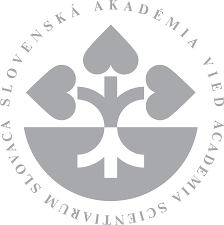


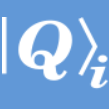
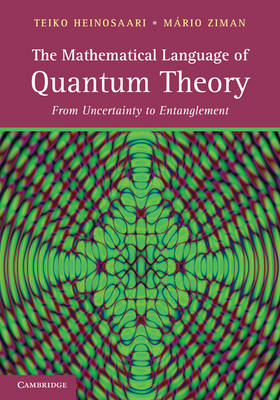
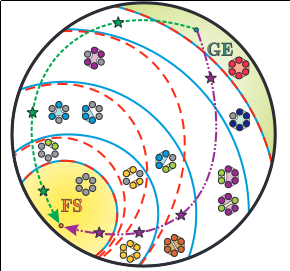 23.12.2013 Research
23.12.2013 Research
Dissociation and annihilation of multipartite entanglement structure in dissipative quantum dynamics
We study the dynamics of the entanglement structure of a multipartite system experiencing a dissipative evolution. We characterize the processes leading to a particular form of output-system entanglement and provide a recipe for their identification via concatenations of particular linear maps with entanglement-breaking operations. We illustrate the applicability of our approach by considering local and global depolarizing noises acting on general multiqubit states. A difference in the typical entanglement behavior of systems subjected to these noises is observed: the originally genuine entanglement dissociates by splitting off particles one by one in the case of local noise, whereas intermediate stages of entanglement clustering are present in the case of global noise. We also analyze the definitive phase of evolution when the annihilation of the entanglement compound finally takes place.
by Sergey N. Filippov, Alexey A. Melnikov and Mário Ziman
Phys. Rev. A 88, 062328 (2013) |+++| SIQS (FP7 FET-IP, APVV), COST Action MP1006, COQI (APVV-0646-10), TEQUDE (VEGA 2/0127/11), |
 17.12.2012 Group update
17.12.2012 Group update
Our postdoctoral fellow Sergey N. Philippov has left the group and moved to Russian Quantum Center in Skolkovo (Moscow region). Good luck. |
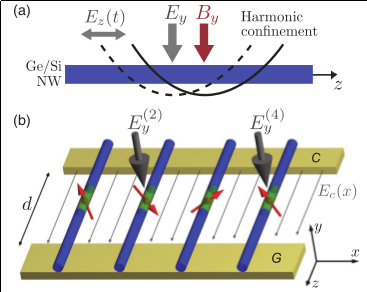 10.12.2013 Research
10.12.2013 Research
Circuit QED with hole-spin qubits in Ge/Si nanowire quantum dots
We propose a setup for universal and electrically controlled quantum information processing with hole spins in Ge/Si core/shell nanowire quantum dots (NW QDs). Single-qubit gates can be driven through electric-dipole-induced spin resonance, with spin-flip times shorter than 100 ps. Long-distance qubit-qubit coupling can be mediated by the cavity electric field of a superconducting transmission line resonator, where we show that operation times below 20 ns seem feasible for the entangling √iSWAP gate. The absence of Dresselhaus spin-orbit interaction (SOI) and the presence of an unusually strong Rashba-type SOI enable precise control over the transverse qubit coupling via an externally applied, perpendicular electric field. The latter serves as an on-off switch for quantum gates and also provides control over the g factor, so single- and two-qubit gates can be operated independently. Remarkably, we find that idle qubits are insensitive to charge noise and phonons, and we discuss strategies for enhancing noise-limited gate fidelities.
by Christoph Kloeffel, Mircea Trif, Peter Stano and Daniel Loss
Phys. Rev. B 88, 241405(R) (2013) |+++| QIMABOS (APVV-0808-12) SCIEX |
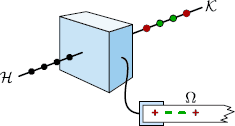 08.11.2013 Research
08.11.2013 Research
Strongly Incompatible Quantum Devices
The fact that there are quantum observables without a simultaneous measurement is one of the fundamental characteristics of quantum mechanics. In this work we expand the concept of joint measurability to all kinds of possible measurement devices, and we call this relation compatibility. Two devices are incompatible if they cannot be implemented as parts of a single measurement setup. We introduce also a more stringent notion of incompatibility, strong incompatibility. Both incompatibility and strong incompatibility are rigorously characterized and their difference is demonstrated by examples.
by Teiko Heinosaari, Takayuki Miyadera, and Daniel Reitzner
Foundations of Physics 44, pp 34-57 (2014) |+++| COQUIT |
 06.12.2013 Research
06.12.2013 Research
Spin Hot Spots in Single-Electron GaAs-based Quantum Dots
Spin relaxation of a single electron in a weakly coupled double quantum dot is calculated numerically. The phonon-assisted spin flip is allowed by the presence of the linear and cubic spin–orbit couplings and nuclear spins. The rate is calculated as a function of the interdot coupling, the magnetic field strength and orientation, and the dot bias. In an in-plane magnetic field, the rate is strongly anisotropic with respect to the magnetic field orientation, due to the anisotropy of the spin–orbit interactions. The nuclear spin influence is negligible. In an out-of-plane field, the nuclear spins play a more important role due selection rules imposed on the spin–orbit couplings. Our theory shows a very good agreement with data measured by Srinivasa et al. [Phys. Rev. Lett. 110, 196803 (2013)], allowing us to extract information on the linear spin–orbit interactions strengths in that experiment. We estimate that they correspond to spin–orbit lengths of about 5–15μm.
by Martin Raith, Thomas Pangerl, Peter Stano, Jaroslav Fabian:
Phys. Status Solidi B, 1–7 (2013) |+++| COQI (APVV-0646-10) |
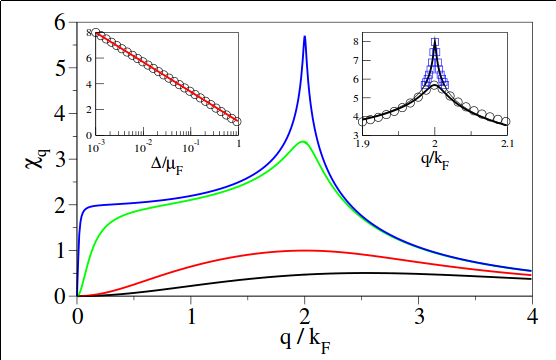 01.11.2013 Research
01.11.2013 Research
Topological Superconductivity and Majorana Fermions in RKKY Systems
We consider quasi-one-dimensional Ruderman-Kittel-Kasuya-Yosida (RKKY) systems in proximity to an s-wave superconductor. We show that a 2kF peak in the spin susceptibility of the superconductor in the one-dimensional limit supports helical order of localized magnetic moments via RKKY interaction, where kF is the Fermi wave vector. The magnetic helix is equivalent to a uniform magnetic field and very strong spin-orbit interaction (SOI) with an effective SOI length 1/2kF. We find the conditions to establish such a magnetic state in atomic chains and semiconducting nanowires with magnetic atoms or nuclear spins. Generically, these systems are in a topological phase with Majorana fermions. The inherent self-tuning of the helix to 2kF eliminates the need to tune the chemical potential.
by Jelena Klinovaja, Peter Stano, Ali Yazdani, and Daniel Loss
Phys. Rev. Lett. 111, 186805 (2013) |+++| COQI (APVV-0646-10) |
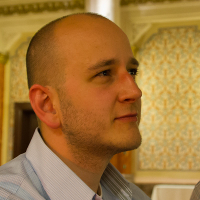 29.09.2013 Group update
29.09.2013 Group update
WARNING! Daniel Reitzner is back (directly from Octoberfest). Last two years he spent in group of Prof. Wolf in Garching (TU Munich). Welcome. |
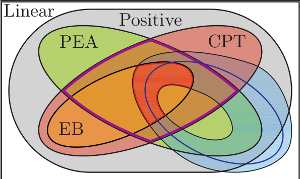 16.09.2013 Research
16.09.2013 Research
Bipartite entanglement-annihilating maps: Necessary and sufficient conditions
We fully characterize bipartite entanglement-annihilating (EA) channels that destroy entanglement of any state shared by subsystems and, thus, should be avoided in any entanglement-enabled experiment. Our approach relies on extending the problem to EA positive maps, the cone of which remains invariant under concatenation with partially positive maps. Due to this invariancy, positive EA maps adopt a well characterization and their intersection with completely positive trace-preserving maps results in the set of EA channels. In addition to a general description, we also provide sufficient operational criteria revealing EA channels. They have a clear physical meaning since the processes involved contain stages of classical information transfer for subsystems. We demonstrate the applicability of derived criteria for local and global depolarizing noises, and specify corresponding noise levels beyond which any initial state becomes disentangled after passing the channel. The robustness of some entangled states is discussed.
by Sergey N. Filippov and Mário Ziman
Phys. Rev. A 88, 032316 (2013) |+++| Q-ESSENCE (FP7 FET-IP 2010-248095, APVV), COQI (APVV-0646-10), COST Action MP1006, TEQUDE (VEGA 2/0127/11) |
 02.09.2013 Research
02.09.2013 Research
The Local Hamiltonian problem on a line with eight states is QMA-complete
The Local Hamiltonian problem is the problem of estimating the least eigenvalue of a local Hamiltonian, and is complete for the class QMA. The 1D problem on a chain of qubits has heuristics which work well, while the 13-state qudit case has been shown to be QMA-complete. We show that this problem remains QMA-complete when the dimensionality of the qudits is brought down to 8.
by Sean Hallgren, Daniel Nagaj, Sandeep Narayanaswami
Quantum Information & Computation, Vol.13, No.9&10, pp0721-0750 (2013), [arXiv:1312.1469] |+++| Q-ESSENCE (FP7 FET-IP 2010-248095, APVV), COQI (APVV-0646-10) |
 01.09.2013 Group update
01.09.2013 Group update
Peter Staňo has partially left the group. He took full-time postdoc position in the new group of prof. David Loss in Japan research institute in RIKEN. However, we are happy he is still involved in our running research projects. |
 29.07.2013 Research - Editor's suggestion
29.07.2013 Research - Editor's suggestion
Local spin susceptibilities of low-dimensional electron systems
We investigate, assess, and suggest possibilities for a measurement of the local spin susceptibility of a conducting low-dimensional electron system. The basic setup of the experiment we envisage is a source-probe one. Locally induced spin density (e.g., by a magnetized atomic force microscope tip) extends in the medium according to its spin susceptibility. The induced magnetization can be detected as a dipolar magnetic field, for instance, by an ultrasensitive nitrogen-vacancy center based detector, from which the spatial structure of the spin susceptibility can be deduced. We find that one-dimensional systems, such as semiconducting nanowires or carbon nanotubes, are expected to yield a measurable signal. The signal in a two-dimensional electron gas is weaker, though materials with a high enough g-factor (such as InGaAs) seem promising for successful measurements.
by Peter Stano, Jelena Klinovaja, Amir Yacoby, and Daniel Loss
Phys. Rev. B 88, 045441 (2013) |+++| COQI (APVV-0646-10) |
 12.04.2013 Research
12.04.2013 Research
Spin-orbit coupled particle in a spin bath
We consider a spin-orbit coupled particle confined in a quantum dot in a bath of impurity spins. We investigate the consequences of spin-orbit coupling on the interactions that the particle mediates in the spin bath. We show that in the presence of spin-orbit coupling, the impurity-impurity interactions are no longer spin conserving. We quantify the degree of this symmetry breaking and show how it relates to the spin-orbit coupling strength. We identify several ways how the impurity ensemble can in this way relax its spin by coupling to phonons. A typical resulting relaxation rate for a self-assembled Mn-doped ZnTe quantum dot populated by a hole is 1 μs. We also show that decoherence arising from nuclear spins in lateral quantum dots is still removable by a spin echo protocol, even if the confined electron is spin-orbit coupled.
by Peter Stano, Jaroslav Fabian, and Igor Žutić
Phys. Rev. B 87, 165303 (2013) |+++| QESSENCE (2010-248095, APVV DO7RP-0002-10), COQI (APVV-0646-10), META-QUTE (ITMS NFP 26240120022) |
 01.03.2013 Group update
01.03.2013 Group update
Peter Staňo has returned back from his SCIEX postdoctoral stay in Basel (prof. Loss). |
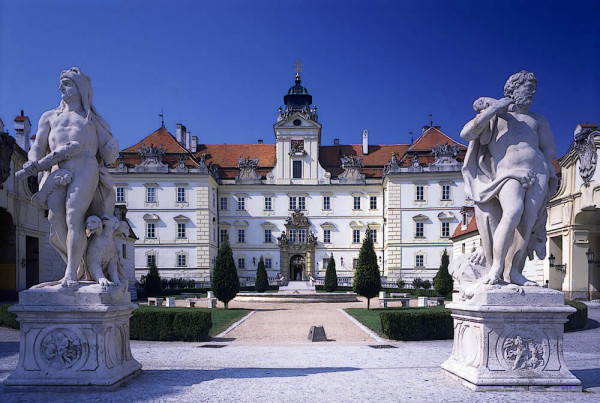 15.2.2013 Conference
15.2.2013 Conference
Valtice chateaux (Czech Republic) will be hosting 10th Central European Quantum Information Processing workshop (CEQIP 2013) from Wednesday 05/06/2013 till Sunday 09/06/2013. This event is coorganized by RCQI. Visit the workshop website for more up-to-date information (not only on submission and registration process) |+++|. |


